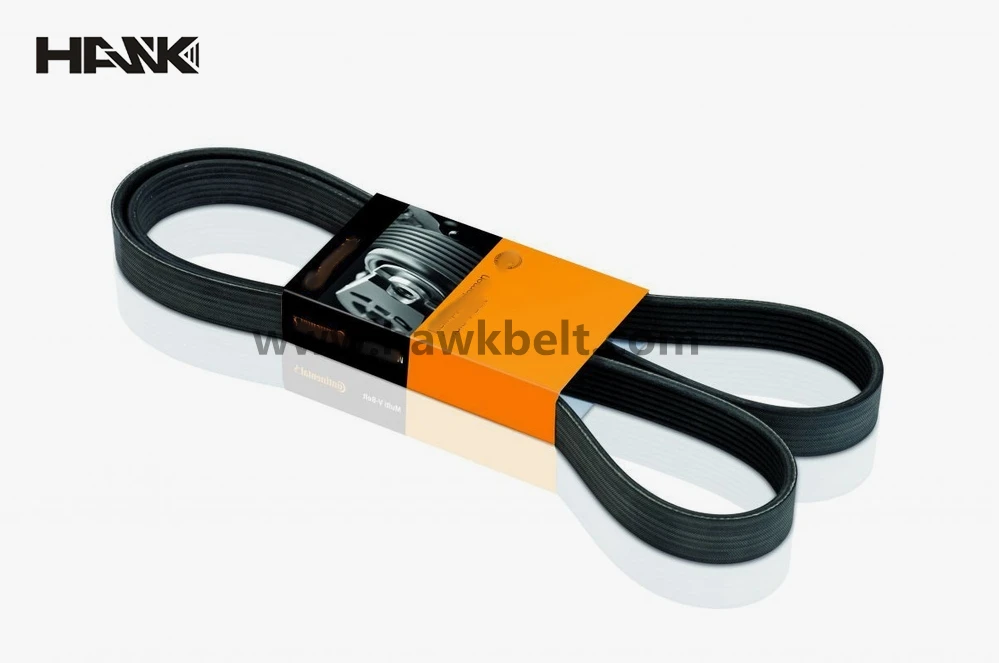- Arabic
- French
- Russian
- Spanish
- Portuguese
- Turkish
- Armenian
- English
- Albanian
- Amharic
- Azerbaijani
- Basque
- Belarusian
- Bengali
- Bosnian
- Bulgarian
- Catalan
- Cebuano
- Corsican
- Croatian
- Czech
- Danish
- Dutch
- Afrikaans
- Esperanto
- Estonian
- Finnish
- Frisian
- Galician
- Georgian
- German
- Greek
- Gujarati
- Haitian Creole
- hausa
- hawaiian
- Hebrew
- Hindi
- Miao
- Hungarian
- Icelandic
- igbo
- Indonesian
- irish
- Italian
- Japanese
- Javanese
- Kannada
- kazakh
- Khmer
- Rwandese
- Korean
- Kurdish
- Kyrgyz
- Lao
- Latin
- Latvian
- Lithuanian
- Luxembourgish
- Macedonian
- Malgashi
- Malay
- Malayalam
- Maltese
- Maori
- Marathi
- Mongolian
- Myanmar
- Nepali
- Norwegian
- Norwegian
- Occitan
- Pashto
- Persian
- Polish
- Punjabi
- Romanian
- Samoan
- Scottish Gaelic
- Serbian
- Sesotho
- Shona
- Sindhi
- Sinhala
- Slovak
- Slovenian
- Somali
- Sundanese
- Swahili
- Swedish
- Tagalog
- Tajik
- Tamil
- Tatar
- Telugu
- Thai
- Turkmen
- Ukrainian
- Urdu
- Uighur
- Uzbek
- Vietnamese
- Welsh
- Bantu
- Yiddish
- Yoruba
- Zulu
Dec . 11, 2024 12:06 Back to list
drive belt for car
Understanding Drive Belts for Cars An Essential Component for Automotive Functionality
The drive belt is a critical component of a car's engine system, responsible for transferring power from the crankshaft to various engine accessories. This simple yet vital part plays a significant role in the overall performance and efficiency of the vehicle. Understanding the types, functions, and maintenance of drive belts can help car owners ensure their vehicles operate smoothly and efficiently.
Types of Drive Belts
There are several types of drive belts used in cars, the most common being the serpentine belt and the V-belt. The serpentine belt is a long, continuous belt that winds around multiple engine components, including the alternator, power steering pump, water pump, and air conditioning compressor. It operates by friction, allowing it to drive these accessories simultaneously. The serpentine belt is favored in modern vehicles due to its smaller size, lighter weight, and ability to efficiently power several components at once.
On the other hand, V-belts are the traditional type of belt used in older vehicles. They have a distinctive V shape that fits into corresponding grooves on the pulleys of the engine components. While they can still be found in some cars, many manufacturers have transitioned to serpentine belts for improved performance and durability.
Functions of Drive Belts
drive belt for car

The primary function of a drive belt is to transmit power. It takes energy produced by the engine's crankshaft and transfers it to various accessories, allowing them to function properly. For instance, the alternator generates electricity to power the vehicle's electrical systems, while the water pump circulates coolant to maintain the engine's temperature. Without a functioning drive belt, these components would not operate, leading to potential engine overheating or electrical system failures.
Additionally, many drive belts are equipped with tensioners that maintain the proper amount of tension. This is crucial to prevent slippage, which can cause inefficient performance or damage to the belt itself. Regular tension adjustments are necessary to ensure optimal performance, especially in vehicles that experience changes in load and stress conditions.
Maintenance and Replacement
Regular maintenance of drive belts is essential for ensuring their longevity and proper function. It is advisable for car owners to inspect their belts for signs of wear, such as cracks, fraying, or glazing. A damaged or worn-out belt can lead to significant issues, including engine overheating and loss of power to essential accessories.
Most manufacturers recommend replacing the serpentine belt every 60,000 to 100,000 miles, although this can vary depending on the vehicle and driving conditions. It's always best to consult the owner's manual for specific recommendations. During a routine maintenance check, mechanics will often assess the condition of the drive belt and make recommendations for replacement if necessary.
In conclusion, drive belts are integral components of a car's engine system, responsible for transferring power to several essential accessories. Understanding the types, functions, and maintenance needs of drive belts can aid car owners in keeping their vehicles running smoothly. Regular inspections and timely replacements can prevent breakdowns and ensure that all systems within the vehicle operate efficiently. By prioritizing the care of this crucial component, drivers can enjoy a more reliable and enjoyable driving experience.
-
Upgrade Power Steering Pump Belt for Smooth, Quiet Operation
NewsAug.27,2025
-
Precision Timing Belt & Chain: Engine Performance & Durability
NewsAug.26,2025
-
Precision Lathe Drive Belts: Durable & Reliable Performance
NewsAug.25,2025
-
84.5 Serpentine Belt: Durable & Precision Fit for Your Engine
NewsAug.24,2025
-
Premium Ribbed Drive Belts for Quiet Power Transmission
NewsAug.23,2025
-
High-Performance Vehicle Timing Belt for Engine Precision
NewsAug.22,2025

